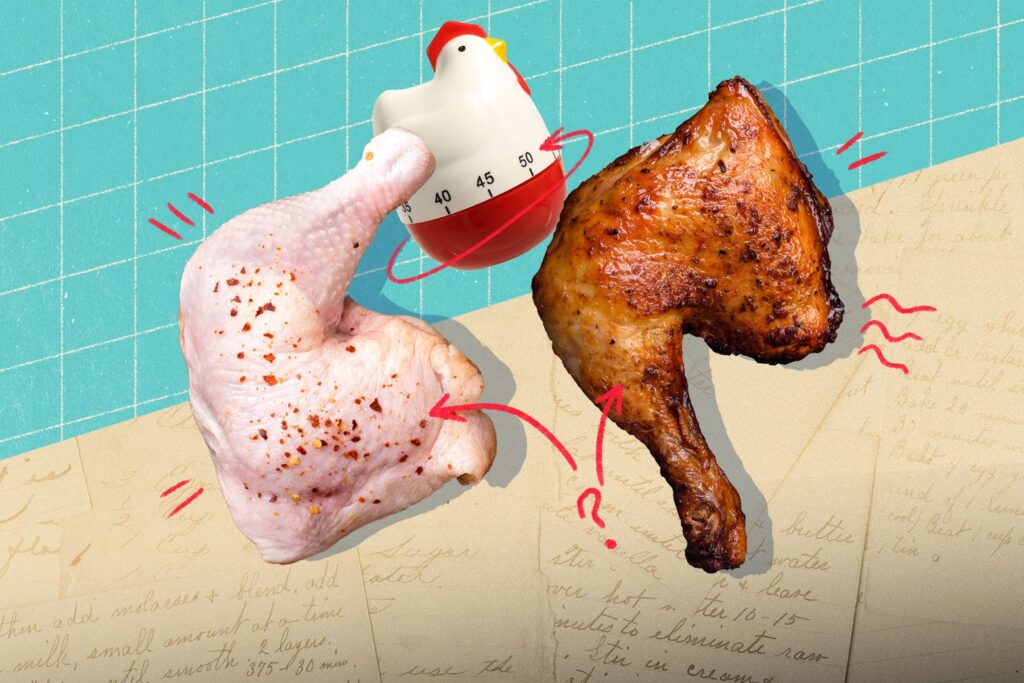
UPDATE: New insights reveal that most crispy chicken recipes fail to deliver the promised crunch, leaving home cooks frustrated. Experts are urging a shift to a proven technique called unilateral cooking to achieve that coveted crispy skin.
Just announced, culinary authorities have confirmed that many popular recipes—including those from AllRecipes and New York Times Cooking—are misleading. They often suggest cooking chicken thighs in sauces that render the skin soggy, defeating the purpose of crispy skin. The urgency to address this issue is paramount for anyone looking to elevate their home cooking.
The traditional methods, which typically call for searing chicken for 3 to 10 minutes on each side, are misleading, according to renowned chefs like Eric Ripert and Jacques Pépin. They advocate for a longer cooking time, emphasizing the need to allow the chicken to cook in its own fat for optimal texture and flavor.
Experts report that many recipes are riddled with complaints about greasy splatters and soggy skin, indicating a critical flaw in how chicken is prepared. Notably, Jesse Griffiths, an award-winning chef, emphasizes the necessity of drying the chicken thoroughly before cooking. He notes that moisture is the enemy of crispy skin.
The recommended method involves a simple yet effective approach: start with bone-in, skin-on chicken thighs placed skin-side down in a cold pan. Turn the heat to low and allow the chicken to render its fat slowly, which can take up to 45 minutes. The result? Perfectly crispy skin without the need for excessive attention or high heat.
In addition to this method, chef Nicholas Ponte advises an even more meticulous prep routine that includes a 48-hour drying period in the fridge. This advanced preparation enhances the crispiness of the skin significantly, producing a crunch that’s irresistible.
Experts caution against adding sauces or liquids once the chicken is cooked, as this can ruin the texture. Instead, they recommend enjoying the chicken as is or with minimal seasoning to highlight the flavor achieved through careful cooking.
As home cooks grapple with the frustration of soggy chicken, this new guidance could redefine how we approach cooking poultry. The shift to unilateral cooking not only promises better results but also simplifies the cooking process, allowing for multitasking during preparation.
With the holiday cooking season approaching, now is the time to master this technique. Share this article with friends and family to ensure everyone can enjoy crispy chicken without the usual pitfalls.
For those who have been disappointed by recipes that promised crispy chicken, the solution is clear: embrace unilateral cooking and enjoy the rich flavors and textures that come from well-prepared poultry. Don’t settle for soggy skin—transform your cooking today!





